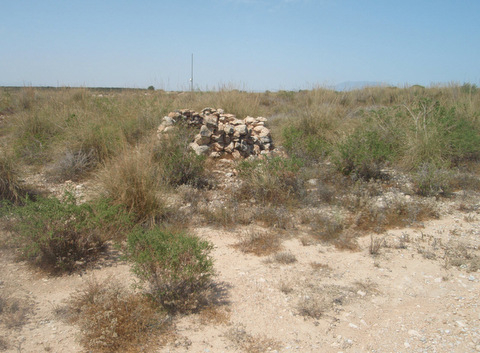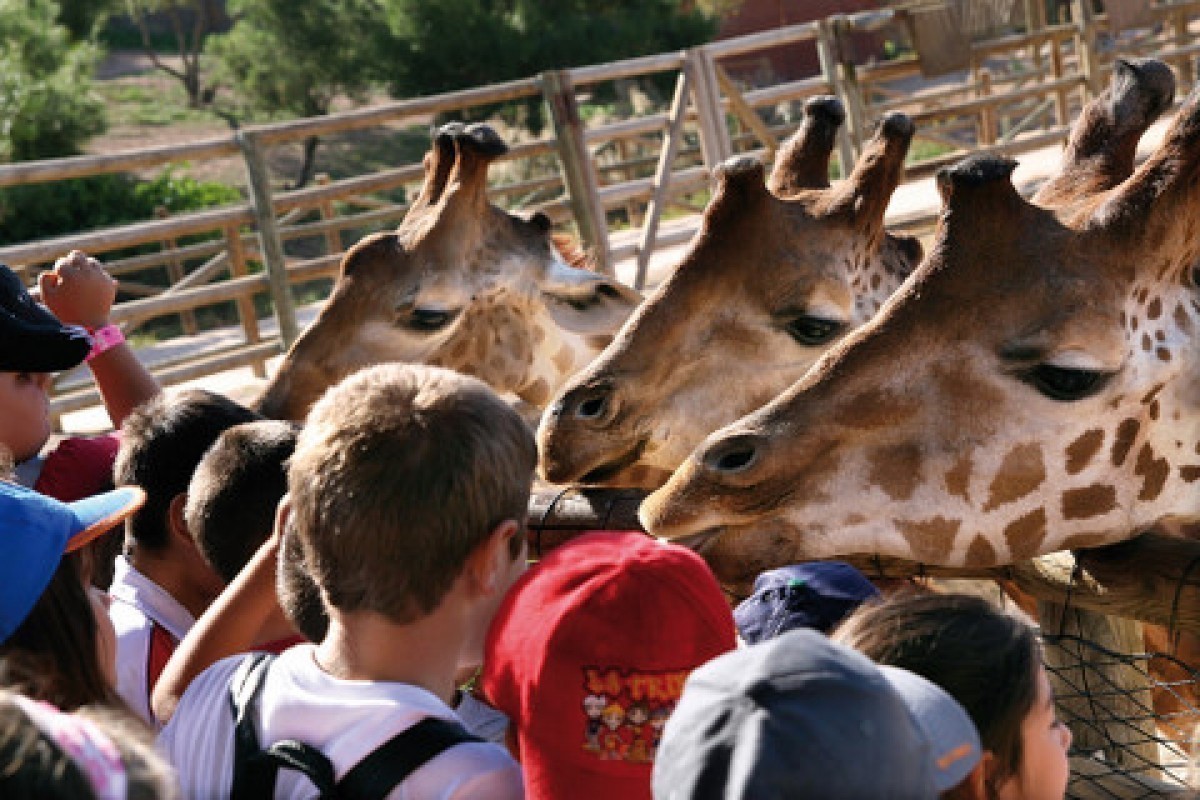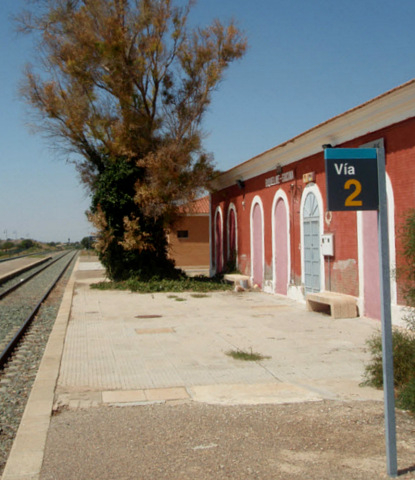- Region
- Águilas
- Alhama de Murcia
- Jumilla
- Lorca
- Los Alcázares
- Mazarrón
- San Javier
-
ALL AREAS & TOWNS
- AREAS
- SOUTH WEST
- MAR MENOR
- MURCIA CITY & CENTRAL
- NORTH & NORTH WEST
- TOWNS
- Abanilla
- Abarán
- Aguilas
- Alamillo
- Alcantarilla
- Aledo
- Alhama de Murcia
- Archena
- Balsicas
- Blanca
- Bolnuevo
- Bullas
- Cañadas del Romero
- Cabo de Palos
- Calasparra
- Camping Bolnuevo
- Campo De Ricote
- Camposol
- Canada De La Lena
- Caravaca de la Cruz
- Cartagena
- Cehegin
- Ceuti
- Cieza
- Condado de Alhama
- Corvera
- Costa Cálida
- Cuevas De Almanzora
- Cuevas de Reyllo
- El Carmoli
- El Mojon
- El Molino (Puerto Lumbreras)
- El Pareton / Cantareros
- El Raso
- El Valle Golf Resort
- Fortuna
- Fuente Alamo
- Hacienda del Alamo Golf Resort
- Hacienda Riquelme Golf Resort
- Isla Plana
- Islas Menores & Mar de Cristal
- Jumilla
- La Azohia
- La Charca
- La Manga Club
- La Manga del Mar Menor
- La Pinilla
- La Puebla
- La Torre
- La Torre Golf Resort
- La Unión
- Las Palas
- Las Ramblas
- Las Ramblas Golf
- Las Torres de Cotillas
- Leiva
- Librilla
- Lo Pagan
- Lo Santiago
- Lorca
- Lorquí
- Los Alcázares
- Los Balcones
- Los Belones
- Los Canovas
- Los Nietos
- Los Perez (Tallante)
- Los Urrutias
- Los Ventorrillos
- Mar De Cristal
- Mar Menor
- Mar Menor Golf Resort
- Mazarrón
- Mazarrón Country Club
- Molina de Segura
- Moratalla
- Mula
- Murcia City
- Murcia Property
- Pareton
- Peraleja Golf Resort
- Perin
- Pilar de la Horadada
- Pinar de Campoverde
- Pinoso
- Playa Honda
- Playa Honda / Playa Paraíso
- Pliego
- Portmán
- Pozo Estrecho
- Puerto de Mazarrón
- Puerto Lumbreras
- Puntas De Calnegre
- Region of Murcia
- Ricote
- Roda Golf Resort
- Roldan
- Roldan and Lo Ferro
- San Javier
- San Pedro del Pinatar
- Santiago de la Ribera
- Sierra Espuña
- Sucina
- Tallante
- Terrazas de la Torre Golf Resort
- Torre Pacheco
- Totana
- What's On Weekly Bulletin
- Yecla


- EDITIONS:
 Spanish News Today
Spanish News Today
 Alicante Today
Alicante Today
 Andalucia Today
Andalucia Today
article_detail
Date Published: 17/08/2013
Flora and fauna in and around Sucina
The natural landscape around Sucina dictates the wildlife found in the area
The countryside surrounding Sucina is mainly non-irrigated, which means that its appearance, flora and fauna are dictated by the dry crops and plants which can tolerate the high temperatures in summer and either survive only on winter rain or grow rapidly and are harvested during the short winter and spring seasons.
This in turn, affects the type of wildlife and birdlife found in the area.
From an ecological point of view the countryside of Sucina is important in the municipality of Murcia, due to its role as a natural habitat for birdlife, especially birds of prey.
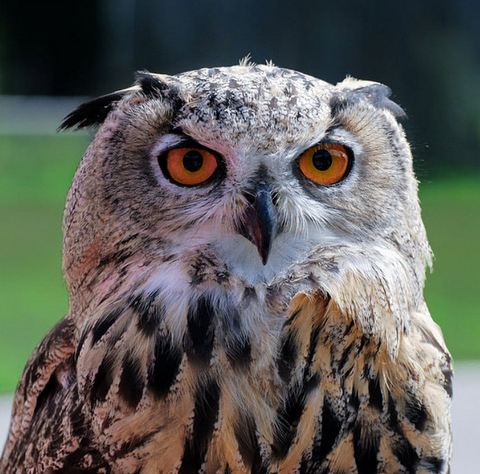 The landscape is also noteworthy for the contrast between the flat agricultural fields and the steep mountains which mark the northern edge of the area. Over the centuries this landscape has been altered by Man in different ways, mostly through agricultural activity.
The landscape is also noteworthy for the contrast between the flat agricultural fields and the steep mountains which mark the northern edge of the area. Over the centuries this landscape has been altered by Man in different ways, mostly through agricultural activity.
The wild olive (Olea europaea cerasiformis) is one of the most common trees in the area, especially around the Cabezo de la Plata. In some parts of the countryside there are isolated examples of black hawthorn (Rhamnus lycioides), lentisco (Pistacia lentiscus), Mediterranean dwarf palm (Chamaerops humilis), Aleppo pine (Pinus halepensis) and even Kermes oak (Quercus coccifera), giving some idea of what the vegetation must have been like many centuries ago before it was modified by agricultural activity.
In the past there was an abundance of non-irrigated crops, but nowadays all that remains are olive trees, almonds and barley.
The countryside of Sucina also features plants such as rosemary (Rosmarinus officinalis), esparto grass (Stipa tenacissima and Lygeum spartum) and various types of thyme, all of which have become common on the land formerly occupied by crops.
The birds of prey present within the area include the Bonelli’s eagle, the eagle owl, the common buzzard, the common kestrel and the lesser kestrel.
Due to its importance for the eagle owl population part of the surrounding countryside is included in the birdlife protection area known as the Monte de El Valle y Sierras de Altaona y Escalona, and it is also one of the most important habitats in Europe for the Bonelli’s eagle. Other birds typically found in steppe landscapes, such as the Eurasian stone-curlew and the crested lark, can also be seen around the area.
Among the mammals present in the Sucina countryside are foxes, hedgehogs and even wildcats, of which there are probably more here than in any other part of the Region of Murcia due to the large number of rabbits, which constitute their staple diet.
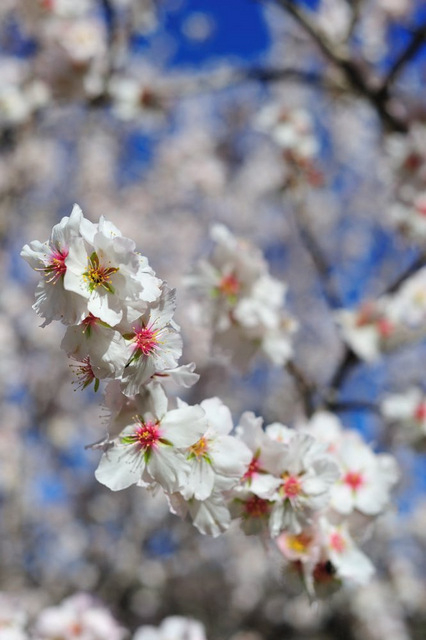 There are also reptiles such as the horseshoe whip snake, the ladder snake, the red-tailed spiny-footed lizard and the ocellated lizard, while common amphibians are the common toad and the natterjack toad.
There are also reptiles such as the horseshoe whip snake, the ladder snake, the red-tailed spiny-footed lizard and the ocellated lizard, while common amphibians are the common toad and the natterjack toad.
Sierra de Columbares
The name of this area, which forms part of the Carrascoy mountain range, derives from the Latin “colomba”, meaning dove, and the chain of mountains also includes the neighbouring Sierras of Altaona and Escalona.
It is no surprise to find archaeological remains of Roman villas and the Moorish occupation of Spain in the area, since together with the Sierra de Villares it is a natural feature which has been used since prehistoric times by travellers heading to and from the coastal hinterland.
The highest peak reaches 646 metres above sea level, and can be climbed following rambling paths from the Puerto del Garruchal or the Collado de los Ginovinos, which is in the Sierra de Altaona.
At the peak of the Sierra de Columbares there is a lunar landscape created by water erosion of the marlstone soil, and from the top it is possible to see the Mediterranean and as far as the Campo de Cartagena and the coastline of the Mar Menor.
Images: Dry scrub after cessation of agricultural activity, eagle owl and almond tree in flower
Click for more information in the Sucina section of Murcia Today.
article_detail
Contact Murcia Today: Editorial 000 000 000 /
Office 000 000 000

